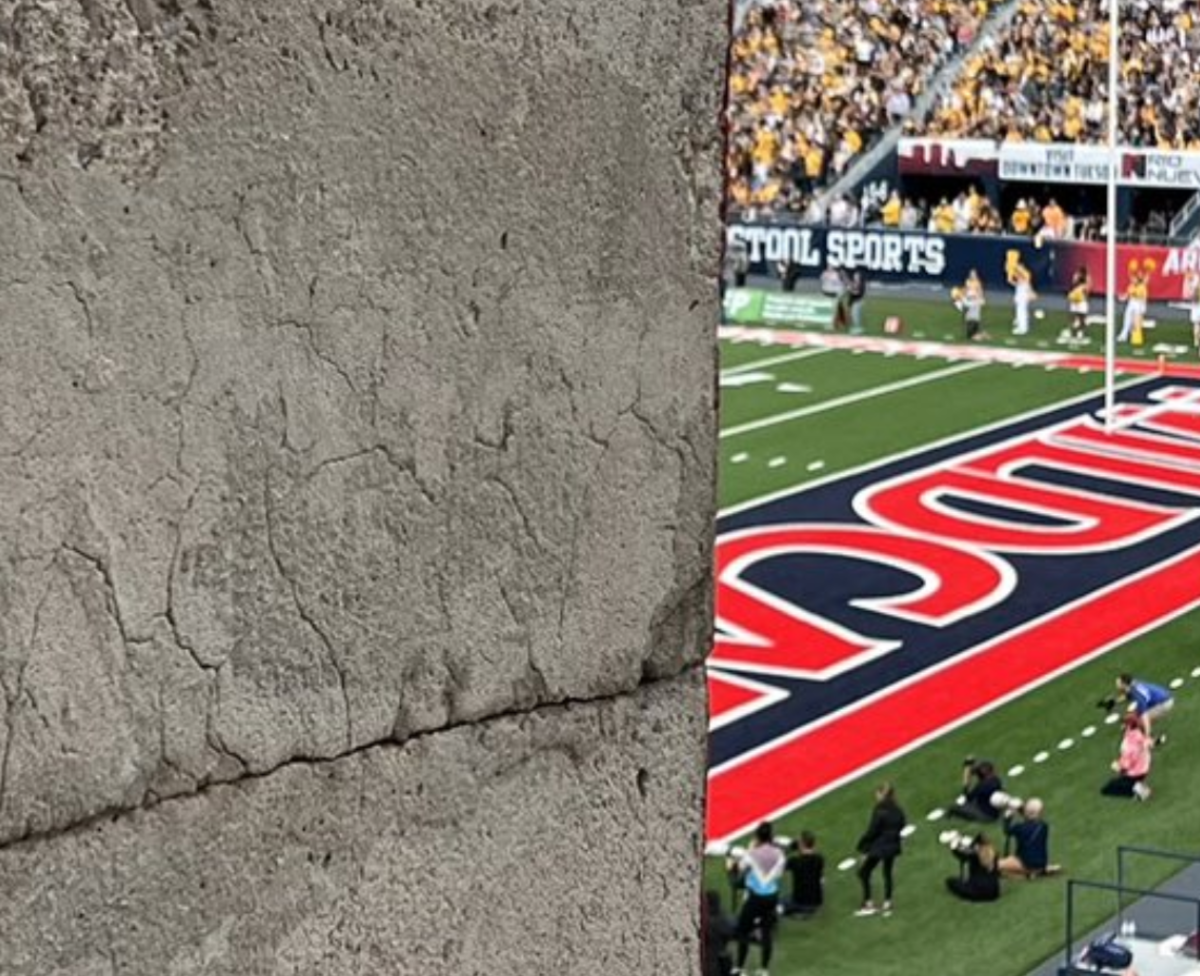NFL Stadiums and Human Centric Design
The Super Bowl is as much a holiday as any other for many Americans. Billions of dollars are spent on watch parties across the nation, and millions by companies for 30-second advertisements, not to mention the exorbitant cost of the event itself. With tens of thousands of fans attending in person each year, the event venue is critically important. This year, the Philadelphia Eagles and the Kansas City Chiefs face off at my home stadium– Arizona’s State Farm Stadium.
The State Farm Stadium in Glendale, Arizona.
What needs to be considered when designing NFL stadiums? And what design principles can we learn?
The simple matter of the stadium’s size is one of the first things to be considered. The higher capacity you have, the more fans you can seat, and the more money the stadium will bring in. State Farm Stadium can seat up to 73,000 people (1). Speaking of money, the location of the venue has important repercussions on the local economy. Accessible and attractive stadium locations bring in greater tourism, and the stadium becomes a valuable asset to the area. High traffic associated with games and other events is discouraging to residents, however, and the nearby surroundings need to be considered during the selection of a location.
Architectural style is also important; a structure as large as a stadium must be visually appealing and well-suited to its surroundings. State Farm stadium has a highly reflective metal exterior and plenty of views of the surrounding desert. The Allegiant stadium in Las Vegas has a sleek, black look, and the Mercedes-Benz Stadium in Atlanta takes an elegant, sculptural form that integrates smoothly into the downtown skyline. The roof of the Mercedes-Benz stadium takes a modern twist on Rome’s Pantheon, opening beautifully from the center to let in sunlight (2)– a civil engineering masterpiece. Many other stadiums feature such retractable roofing, creating a more versatile venue.
Inside the Roman Pantheon.
The Mercedes Benz Stadium in Atlanta, Georgia. The retractable dome with the sun window is reminiscent of the pantheon.
Versatility allows stadiums to fulfill their main function of housing football games while also providing a venue for halftime shows, big-name concerts, corporate and social functions, and more. In 2019, I attended a devotional address by President Russell M. Nelson of the Church of Jesus Christ of Latter-Day Saints in State Farm Stadium alongside 65,000 other youth and young adults (3). The Superbowl will be there this weekend. Friends of mine are going to see Taylor Swift there next month. State Farm Stadium features a retractable playing field and a retractable roof, making it incredibly adaptable (1). Though football is the main purpose, football only happens a small portion of the time, so a versatile design helps get the most use out of a stadium.
We’ve covered only a couple of major design aspects thus far. For something as large as an NFL stadium, there are countless more aspects that we could discuss. But what so many of these have in common is their motivating factor: creating an engaging, memorable, and enjoyable fan experience. Stadiums are closely associated with the NFL teams that play there, but each stadium is designed for its fans.
Being at the stadium in person is the only difference between attending an NFL game live and simply flicking on the TV at home. For a stadium to successfully fulfill its purpose of bringing in fans, it must make the overall experience more enticing than the convenience of staying on the couch at home and saving some money. That’s why seating, shade, accessibility, and so many other design choices are centered around the comfort and enjoyment of the fans. It’s more complicated than designing a building; it’s about designing an experience.
The view from a poorly positioned stadium seat at the University of Arizona.
Careful planning and human-centric design avoid headaches like the one pictured above. University of Arizona’s college stadium has at least two seats located almost entirely behind this concrete wall, effectively blocking most of the field (4). Thankfully, such errors are rare, but the better a fan’s overall experience (including their view, ease of access, and comfort) the more likely they are to attend future events.
Stadium design also must consider the space’s acoustics and have ample space for amenities, including concessions and tailgating areas. A stadium should be outfitted with a large and visible video scoreboard so fans can engage with the game experience, and beyond the game itself to participate in interactive activities such as dance cams. State Farm’s new video board is 44% larger than the previous one, covering nearly 2000 square meters (5).
When it comes to a football stadium, the ultimate test is not how massive it is, or how fascinating the architecture. It’s simply this: what is it like to attend a game there? If the designers thought this question through, they’ve set themselves up for success. Sporting events are about the sporting events, not about the venue, and it’s important that the venue serves its purpose in amplifying the experience of the actual event. The goal is that fans leave the event feeling glad that they came and with plans to return.
Not every design problem is going to need as much attention to the human experience as stadium design. However, nearly all engineering design problems have some aspect of being human-centric. How are humans going to interact with this product? How might seemingly mundane design decisions affect its usability? What are ways we can improve the user experience, making it easier or more comfortable? Are the Chiefs of the Eagles going to win Super Bowl LVII? There’s a lot of important questions to be answered.
References:
An Exclusive Look at the Atlanta Falcons Brand New Stadium | Architectural Digest
Prophet Invites Arizonans to Turn Homes Into Sanctuaries of Faith
To cite this article:
White, Natalie. “NFL Stadiums and Human Centric Design.” The BYU Design Review, 11 Feb. 2023, https://www.designreview.byu.edu/collections/nfl-stadiums-and-human-centric-design.









